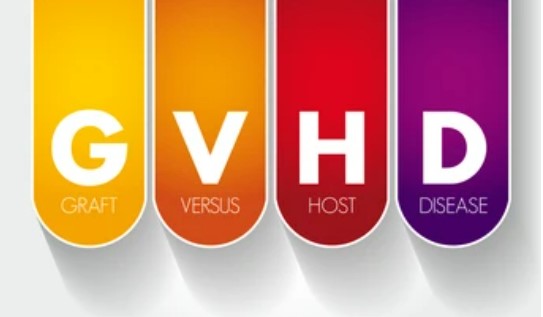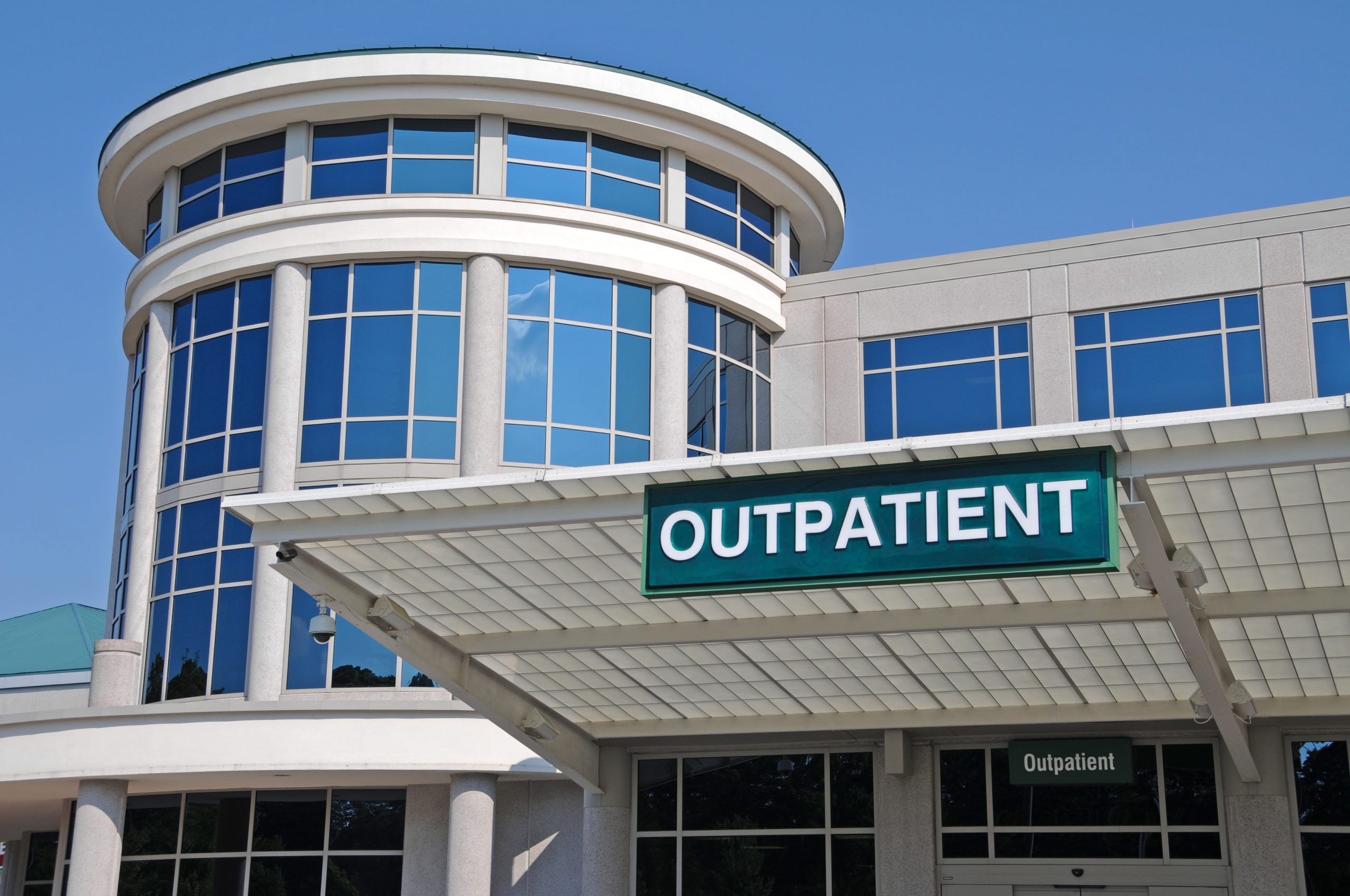
Although allogeneic hematopoietic cell transplant (HCT) can cure hematologic disease, the treatment may result in graft-versus-host disease (GVHD), with potentially devastating effects. During a poster presentation at the annual conference of the Hematology/Oncology Pharmacy Association, authors presented a strategy they are using to support prevention and treatment of GVHD.
Acute GVHD affects as many as 60% of HCT patients, with a mortality rate of about 15%. Chronic GVHD can occur as long as two years after transplantation, and it affects 30%–40% of HCT recipients. Although tacrolimus, cyclosporine, and sirolimus are potential therapies to prevent and treat GVHD, the authors wrote, the treatments require careful monitoring and frequent adjustments.
The authors proposed pharmacist-led dosing and adjustments using a collaborative practice agreement (CPA) and associated guideline.
“Pharmacists are experienced and well-qualified in dosing and monitoring of sirolimus and cyclosporine. However, an official workflow does not currently exist for pharmacist monitoring of these medications,” wrote the authors from Froedtert Hospital and Medical College of Wisconsin in Milwaukee, led by Angela Canadeo, PharmD, BCOP.
The poster, titled “Expansion and Evaluation of a Pharmacist-Driven Therapeutic Drug Monitoring CPA in an Outpatient Allogeneic Hematopoietic Cell Transplant Population,” describes the early stages of a retrospective chart review at their institution. They are following patients 18 years or older who received an allogeneic HCT and were followed at the institution after being managed with one of the agents under the CPA. The researchers are in the process of assessing whether the program is effective at maintaining therapeutic range.
The authors anticipate that the CPA will impact the number of dose modifications per patient, how long it takes patients to achieve the first therapeutic level, the number of hospitalizations from drug toxicity or GVHD, and other outcomes. “Pharmacists’ knowledge of therapeutic drug monitoring is imperative for the prevention of GVHD,” they wrote.







 © 2025 Mashup Media, LLC, a Formedics Property. All Rights Reserved.
© 2025 Mashup Media, LLC, a Formedics Property. All Rights Reserved.